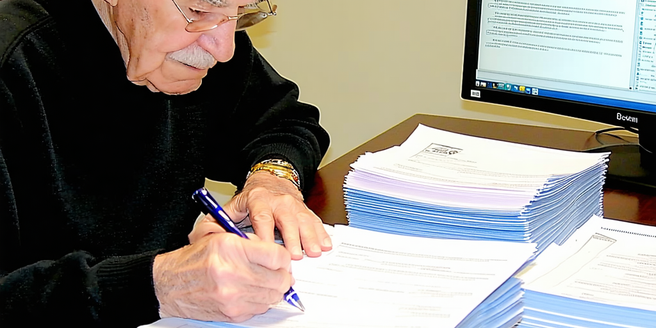Understanding Disability Benefits Eligibility
To determine if you are eligible for disability benefits, it’s essential to first understand the criteria set by the governing body. Generally, eligibility depends on your work history, the severity of your condition, and how it affects your ability to work. It’s crucial to review the specific requirements for the type of benefits you are applying for, as these can vary. Many programs require you to have worked a certain number of years in jobs where you paid Social Security taxes. Additionally, your medical condition must meet the definition of disability used by the authority. Consulting the official guidelines or speaking with a disability benefits advisor can clarify your eligibility status and provide insights into potential qualifying conditions.
Gathering Necessary Documentation for Your Claim
Collecting all required documentation is pivotal in streamlining your disability benefits application process. Important documents include medical records, treatment history, and employment documentation that demonstrates your condition’s impact on your ability to work. Ensure that all medical evidence is current and reflects your current state of health. For an employer’s documentation, compile records that show changes in job responsibilities, performance evaluations, or hours worked due to your condition. Additionally, gather any communication with healthcare providers about your treatment and prognosis. Proper documentation not only supports your claim but also reduces the likelihood of delays during the review process, as the reviewing authority needs this information to make an informed decision.
Filling Out the Application Form Correctly
Completing the application form accurately is a vital step in securing disability benefits. Pay attention to detail and ensure that every section of the form is completed with precise information. It’s recommended to have your personal details, employment history, and medical information readily available before starting. Double-check that all entered data matches your supporting documents. Mistakes or omissions can lead to processing delays or even denials of your application. If possible, consult a professional or legal advisor to review your application before submission. They can identify potential errors and suggest necessary corrections, increasing the likelihood of your application’s success and ensuring that all pertinent information required is provided.
What to Expect During the Application Review Process
Once submitted, your disability benefits application undergoes a detailed review process. Initially, your paperwork will be checked for completeness before a detailed assessment of your eligibility criteria. Prepare for a waiting period as agency resources and complexity of your application can affect processing times. The reviewing authority may contact you for additional information or clarification during this time. Understanding their procedures can alleviate anxieties about decisions or timelines. There might also be a medical evaluation by an independent doctor to validate your condition. You will be informed of the outcome via mail, detailing either the benefits granted or reasons for denial, enabling you to take further action if necessary.
Handling Denials and Filing Appeals
Receiving a denial for disability benefits can be disheartening, but it’s crucial to remember that appealing is an option. Upon receiving a denial letter, review the reasons carefully. This will help you build a strong case for your appeal. Gather any new evidence or documentation that addresses the reasons for denial. When filing an appeal, adhere to all deadlines and follow the instructions provided in the denial notice. Many applicants succeed upon further review when additional information is provided. Seeking guidance from a professional advisor or legal representative might also be beneficial. They can assist in understanding procedural requirements and aid in crafting a compelling argument for your case.
Tips for a Successful Disability Benefits Application
There are several strategies to improve the success rate of your disability benefits application. First, familiarize yourself with the eligibility criteria and ensure that your condition aligns with these requirements. Second, complete the application thoroughly, providing accurate and comprehensive information. Attention to detail will help avoid errors that could lead to delays. Third, provide strong, current documentation supporting your claim, including detailed medical records and employment history. Regularly follow up with the reviewing authority to stay updated on your application’s status and inquire about any additional information they may require. Lastly, consider seeking assistance from a professional advisor for guidance throughout the process, ensuring all steps are correctly followed.



